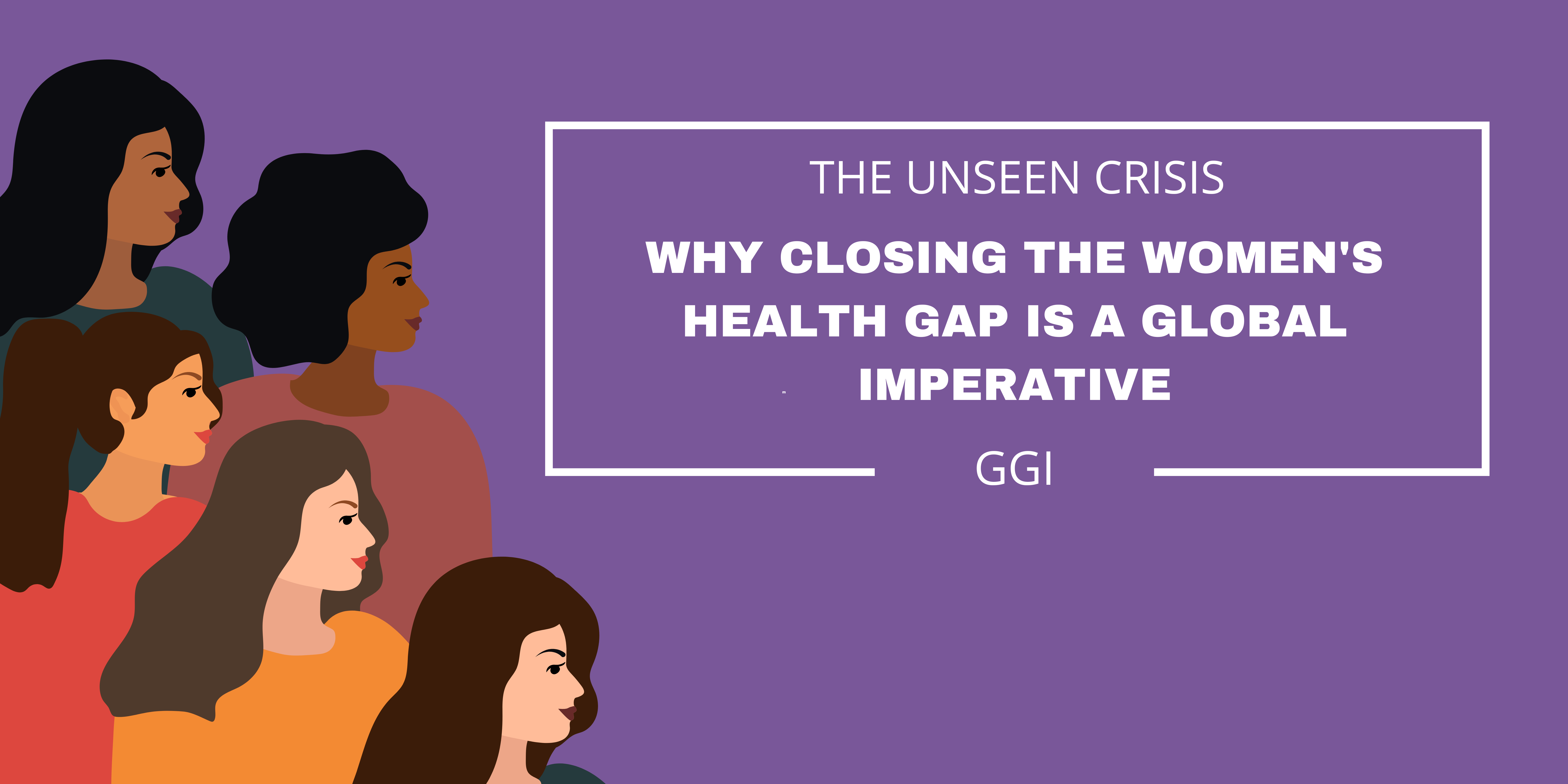The Unseen Crisis: Why Closing the Women’s Health Gap is a Global Imperative
For too long, a silent epidemic has plagued our world – the women’s health gap. Despite living longer, women disproportionately experience poor health, a disparity with profound consequences. This article dives deep into this critical issue, exploring its impact, causes, and the compelling reasons why closing it is essential.
The Cost of Inaction: A Life Less Lived
Imagine losing 7 days of health every year simply because you’re a woman. That’s the stark reality, translating to a staggering 75 million disability-adjusted life years (DALYs) lost annually due to preventable illness and premature death [1]. This isn’t just a statistic; it represents mothers, daughters, sisters – the very foundation of our communities.
The Economic Argument: A Trillion-Dollar Opportunity
The ramifications extend far beyond individual health. Poor women’s health directly hinders economic growth. A report by the World Economic Forum and McKinsey Global Institute estimates that closing the gap could unlock a $1 trillion annual boost to the global economy by 2040 [1]. Think about it: this is equivalent to 137 million women entering the workforce full-time – a wave of empowered individuals contributing their skills and talents.
Beyond Numbers: A Moral Imperative for Equity
While the economic case is compelling, the true urgency lies in achieving health equity. Every woman deserves access to quality healthcare, regardless of gender. The current system often fails women, with underdiagnoses, inadequate treatments, and a lack of gender-specific research. Conditions like endometriosis and autoimmune diseases often go undiagnosed for years, causing immense suffering.
Cracking the Code: Why the Gap Exists
Several factors contribute to this disparity. Here are some key areas demanding attention:
- Data Gaps: Women are underrepresented in clinical trials, leading to a lack of understanding of how diseases manifest differently in their bodies [2].
- Bias in Care Delivery: Unconscious bias can lead to healthcare professionals dismissing women’s concerns or attributing symptoms to “being emotional.”
- Limited Access to Services: Women, particularly in low- and middle-income countries, often face social and economic barriers in accessing preventive and diagnostic services.
The Path Forward: Building a Healthier Future for All
The good news? We can bridge this gap. Here’s what needs to happen:
- Invest in Women-Centered Research: Increased participation of women in clinical trials and research focused on women’s specific health needs is crucial.
- Training for Healthcare Professionals: Sensitizing healthcare providers to unconscious bias and ensuring they have the knowledge to deliver gender-competent care is essential.
- Policy and Advocacy: Governments and healthcare institutions must prioritize women’s health by creating accessible, affordable, and high-quality services.
- Education and Empowerment: Empowering women with knowledge about their bodies and health rights allows them to advocate for themselves and seek timely care.
Closing the women’s health gap isn’t just about adding years to life; it’s about adding life to years. It’s about creating a world where women can thrive, contribute fully, and experience the joy of vibrant health. Let’s make this a global health priority, for the sake of women, our economies, and a healthier future for all.
This is a call to action. Let’s work together to dismantle the structures that perpetuate this disparity. By investing in women’s health, we invest in a brighter future for everyone.
Together, we can close the gap and unlock the full potential of women around the world.
Sources:
- [1] World Economic Forum: Closing the Women’s Health Gap to Improve Lives and Economies (https://www.weforum.org/publications/closing-the-women-s-health-gap-a-1-trillion-opportunity-to-improve-lives-and-economies/)
- [2] Global Alliance for Women’s Health: closing the gap | World Economic Forum (https://initiatives.weforum.org/global-alliance-for-womens-health/home)





